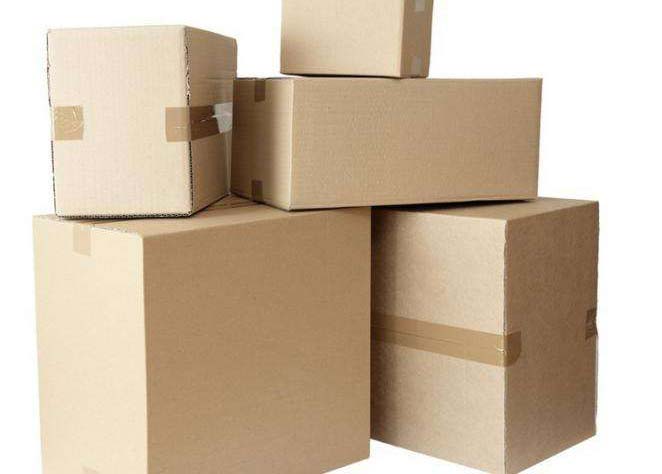
When you are importing goods from overseas, it’s important that your cartons can be recognized at a glance, include instructions for proper handling, and provide the information needed to ensure correct delivery.
This where shipping marks come in.
According to Merriam-Webster, a shipping mark is “an identifying word, number, or symbol placed on freight to designate the consignee, destination, weight, and related information.”
There are different types of shipping marks your cartons need to have, including:
- Handling Marks
- Consignee Marks
- Carton Number & Size Markings
- Weight Marks
- Country of Origin Markings
These identification marks provide important information for carriage and handling and also for the consignee to identify them. So, let’s talk about each one.
#1 Handling Marks
These are visual symbols that provide handling instructions for the people who load, unload, or move your carton.
Handling marks starting from top left: Handle With Care, This Way Up, Fragile, and Keep Dry.
It’s important that the marks are visual, because your carton may be handled by people in different countries who don’t know how to read your language.
Here you can see some commonly used symbols.
#2 Consignee Marks & Details
As the consignee, you’ll want to include your company name and logo, as well as details like the product name, order number, etc.
Keep in mind that if these cartons are going to your retailer (i.e. Target or Walmart) or an eCommerce platform (i.e. Amazon FBA), you will want to become very familiar with their guidelines.
They will provide you with carton marking requirements that you should follow very carefully.
Not doing so might lead to chargebacks, and in retail, the margins are often razor-thin.
#3 Carton Number & Size
In order to help ensure that all of your cartons arrive together at the port, you’ll need to number them.
Indicate the total number of cartons that are part of the order and assign a number to each individual carton. This should be done in a format such as “Carton No. __ of __.”
Also indicate the dimensions of the cartons, i.e.” __ x __ x __ cm.”
#4 Weight Marks
It is important to ensure that you accurately identify the weight of each carton in your import documents.
In the US, not doing so is one of the most common reasons for customs delays.
It is also important that you print the expected weight on the carton itself.
Each carton should show:
- Net Weight, and
- Gross Weight.
You’ll also want to be sure that your third-party inspection company is checking carton weight as part of each inspection.
Doing so will help ensure that you avoid a mismatch between what’s printed on the carton and its actual weight.
#5 Country of Origin
Just as your products should be marked with their country of origin, so should your carton.
Whether they are Made in China, Made in Vietnam, or Made Somewhere Else, you’ll need to have this information printed on each and every carton that is shipped to you.
Always Make Sure Your Cartons Are Marked Correctly
As we’ve said, when you are selling consumer products, margins are often razor-thin. This means that if you want to avoid chargebacks from your retailers or eCommerce platforms, you need to make sure that your cartons are labeled accurately.
Do your research to ensure that you have shipping marks that meet their standards.
Then, when you send your supplier a purchase order, be sure that carton marking requirements are included as a part of your specifications.
Consider conducting product inspections (i.e. final random inspections), as these give you the opportunity to check not only your product quality but also the accuracy of your packaging and shipping marks as well.
